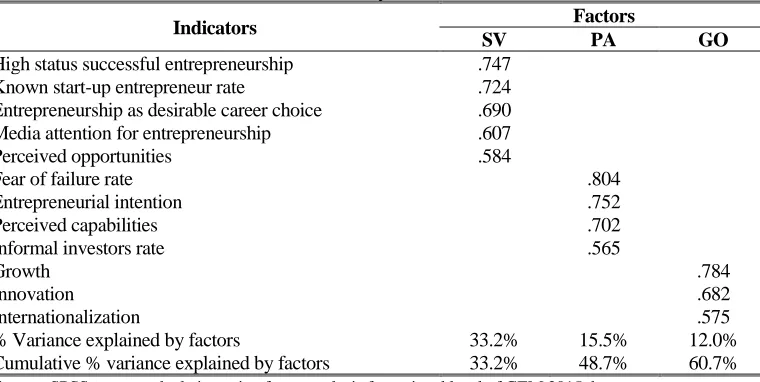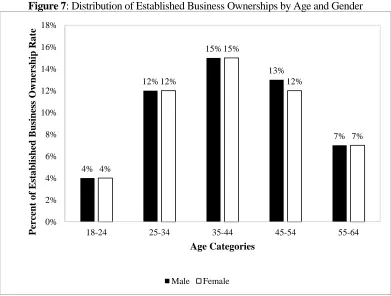Understanding the Relationship between Entrepreneurial Spirit and Global Competitiveness: Implications for Indonesia
Full text
Figure




Related documents
Patterns address the three DSL- engineering concerns of Language Modeling (provide executable form of the domain model), Language Integration (integrate the DSL into the
The greatest achievement regarding the effective integration of disaster risk considerations at the national level is in the development of a National Response Plan (NRP) for all
This section defines a framework of metrics that characterize performance and energy efficiency of communication systems in cloud computing data centers.. Cloud applications, with
Istanbul Atatürk Airport Ankara Mugla Manisa Izmir Aydin Tekirdag Sakarya Yalova Kirklareli Duzce E di rn e Kirikkale Cankiri Kirsehir Bolu Karabuk Yozgat Aksaray Eskisehir
We model entry by entrepreneurs into new markets in developing economies with regulatory barriers in the form of licence fees and bureaucratic delay.. Because laissez faire leads
Unit 5: Need, importance and strategies for teaching of orientation and mobility skills Block 3 : - Method of Teaching 12 HOURS Unit 1: Implication of visual impairment
The purpose of this research is to discover the influence of family education, formal education in higher education and social environment on financial literacy of micro, small,
career secondary teachers (11–20 years teaching experience) in particular, were less likely to report that inclusive classrooms were an effective way to teach



